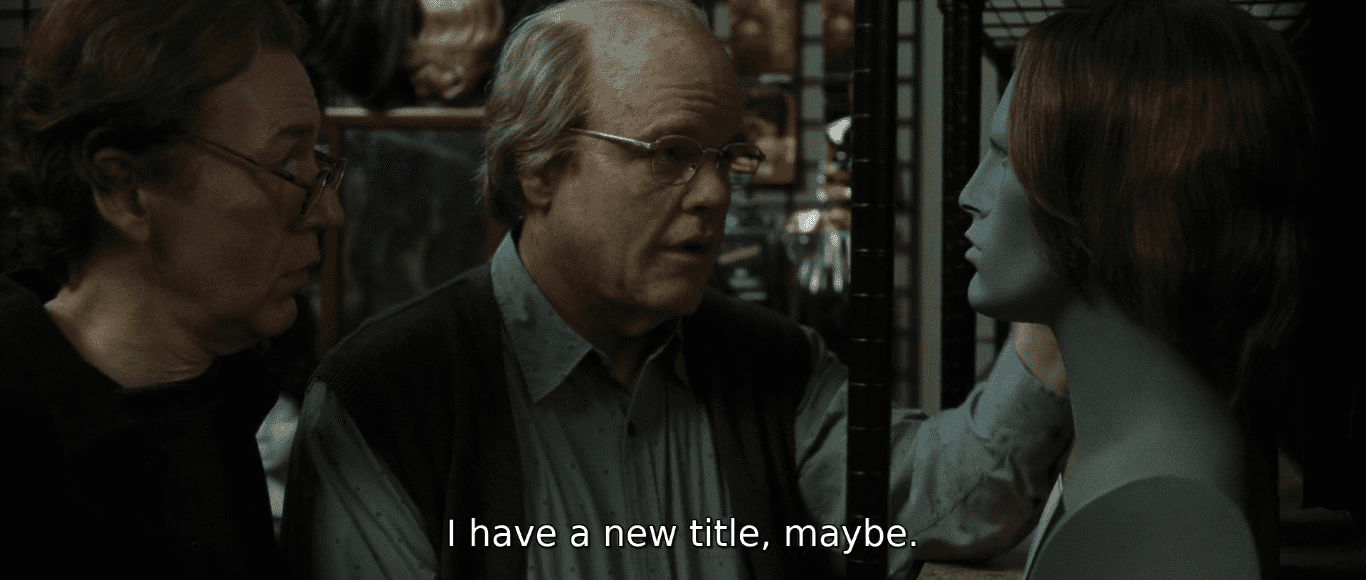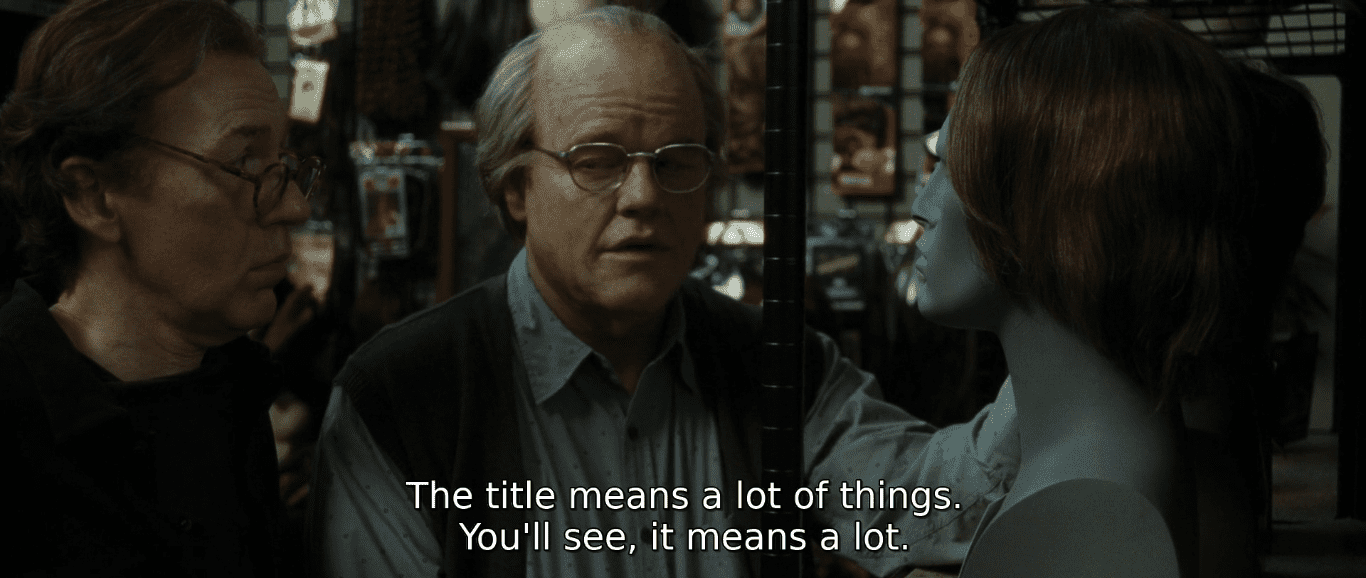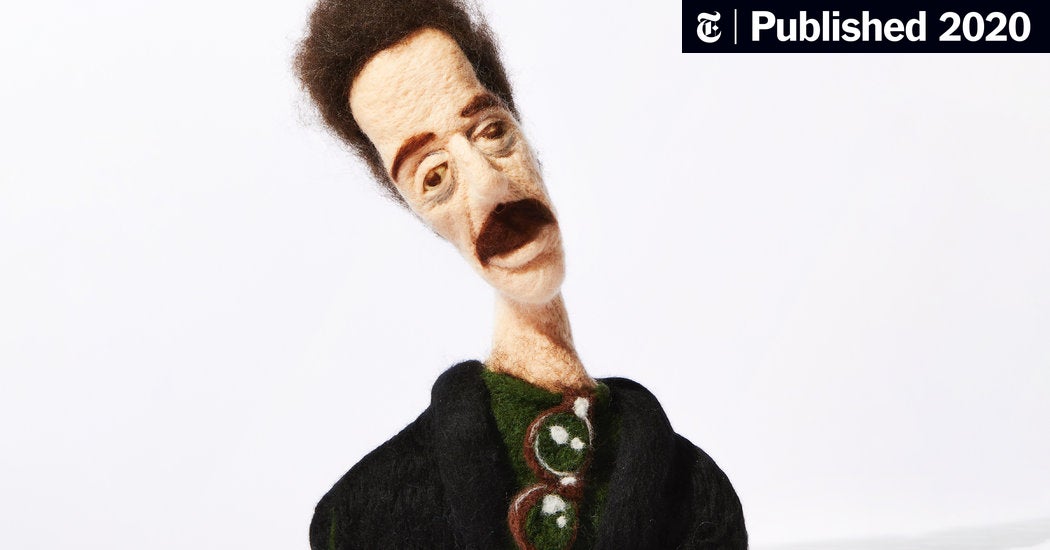K
Kayaker
Guest
Good concept. Hoarding as similar to having too much of an appetite due to not eating enough of certain nutrients in the diet.I agree, the human brain hasn’t evolved for thousands of years, the old cliche of history repeating itself is not exactly correct, it’s more a case of human perception repeating itself within differing contexts/environments.
The ruling class are submitting to a need for desire, when you can have anything via your billions you can loose desire, they recreate this desire with the goal of absolute control, shaping the world as they see fit, to be like god, more than human. Do a thinking exercise of this, envision yourself now worth 200 billion and observe how your mind behaves, once you attain you initial desires stick with it and the initial excitement dissipates, your mortality and impending death comes into focus.
This incoherency of the ruling class is driven by a lack of bioenergetic resource at a cellular level, they have an abundance of resources but use them incorrectly, it’s a case of resources being information and the coherent use of them the signal. For example they still use big pharma pills, some eat poorly, some follow fad diets, most are eating PUFA, many do drugs, some are vegan etc
This lack of bioenergetic resource at a cellular level causes them to continue hoarding and living in fear of loosing said resources to the lower social classes, it’s similar to what happens when mammals are lacking vitamins and minerals in the diet, they can keep overeating because of this, same with those who under eat protein, ironically the ruling class believe we eat too much meat, my guess is they under eat protein also because of this belief, they think it’s bad.
The hilarity is Peat is the closest to being right on how we work as an organism, many of us will have to watch from the sidelines as the rest veer more and more into madness.
The middle class is the most "wholesome", since both being too poor to satisfy your needs and being rich enough that all of your needs are satisfied is ideally stimulating.
If you believe it's true that they want to remove the middle class, put a massive amount of people on welfare, and turn people who want to work for money into AI through nanotechnology, interestingly enough it'd be the death of wholesomeness for the middle class as well.
Think about the wolf vs the domestic dog. Who is smarter? Who has the bigger brain? The wolf, unless conditions are so harsh that they don't receive proper nutrition.
Also, someone on this forum noted street puppies get sick at a lower rate than vaxxed puppies. It isn't only environmental, but physiological as well.
So the only legitimate leaders are unwilling leaders? Sounds like idealism to me. "Natural leaders" are everywhere and they are appreciated by these "weak, sick, etc" people, who in reality are often just less experienced in a certain topic than they are.There is a whole range of personalities in humans. Your reality will be way different from others. We are not the same at all in the way we perceive reality.
Overall I find guru's and people that have a big following tend to have some type of bad aspect of a leadership personality. Which appeals to people who are weak, sick, etcetera.
The good leaders (in my opinion) are often more quiet, smart and they tend to have a good grasp on reality. They can be harsh but truthful. Like a father figure. These people often do not want to be leaders but people beg them to be one. It is the free spirit you cannot catch.
Arrogance and narcissism is also prevelant in guru's and popular leaders. I think all guru's who put themselves in the spotlights have some level of this. Why? Because 99,9% of people have no real clue about the topic they talk about. Most topics are way more detailed than people like to admit. Basically most experts and leaders just want the adoration, following or they want the feeling that their "expertise" means something in the world.
I think a majority of people in the 0.01% are unhealthy. As an example look at Klaus Schwab. Drooping face and overweight, indicator of lower thyroid/low metabolism. These people become perverts and live in fantasies because of their damaged bodies. They want to lash out their frustrations (from living in a sick body) on other people to feel better.
The people who are severely ill and submissive will happily take this punishment. That is why you see people bragging that they got the vaccines with side effects and they do it for the bigger cause. Or they joke about it a lot. It is because subconciously they want the punishment because they think they deserve it.
Also, leading is enjoyable in itself to some people. More often than not, they know at least some things, and it's better than them not wanting to lead anyone.
Who's to say Klaus Schwab isn't a fraud? Many times, negative publicity is more profitable than not catching any form of attention, positive or negative. "Drooping faces", I've never seen a picture of this person, but old people in general look bad and few people are angry about it to the extent that they'd want to infringe on the welfare of other people.
Being born into an environment that is either poverty or the opposite, being born with a silver spoon in your mouth and not getting to experience life and getting stimulation with pregnenolone due to having all needs fulfilled, creates mental illness, not physical illness.
What if the fantasy of a large amount of the rich is to actually get found out for wanting to enslave the population (or pretending to want to), so their wealth gets taken away and they can actually live life?







 What other films are worth watching?
What other films are worth watching? 